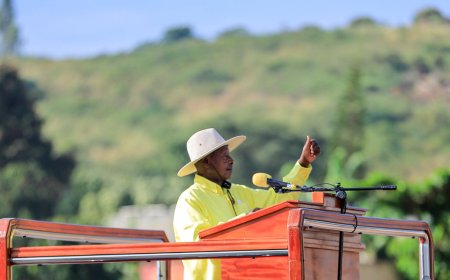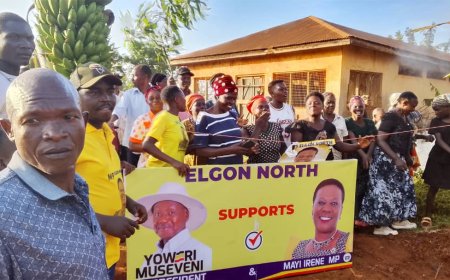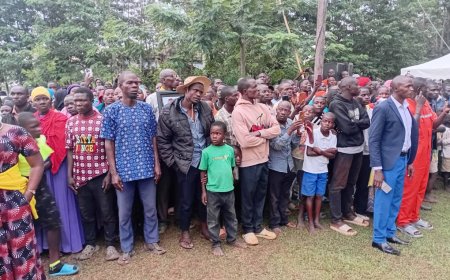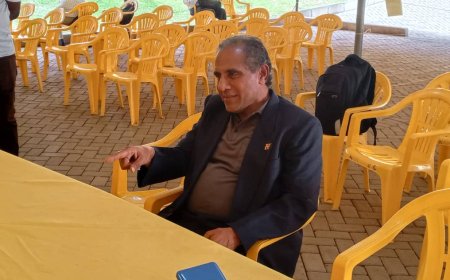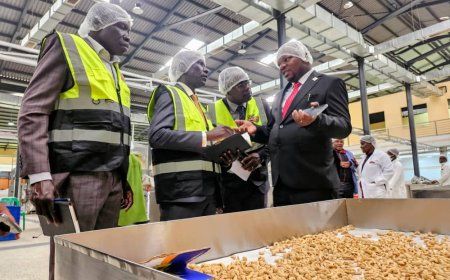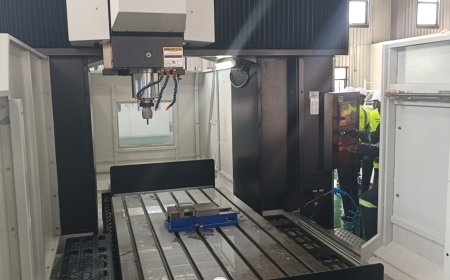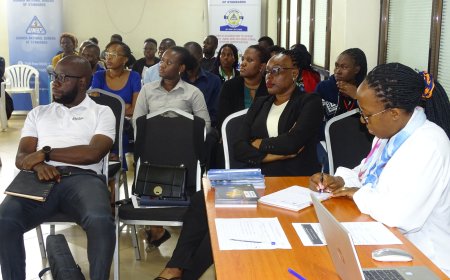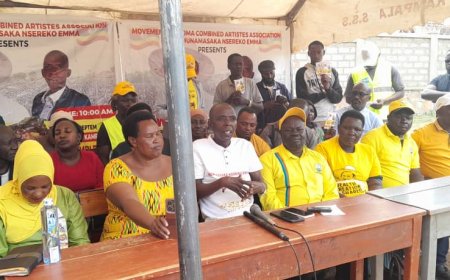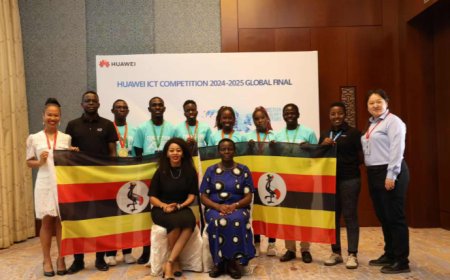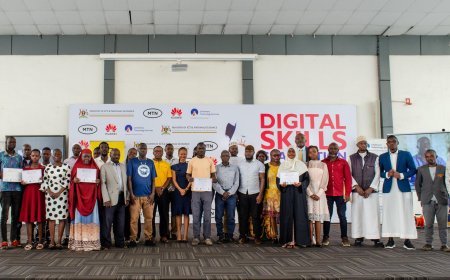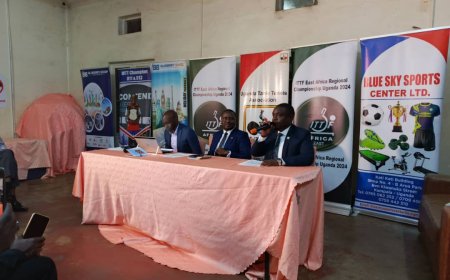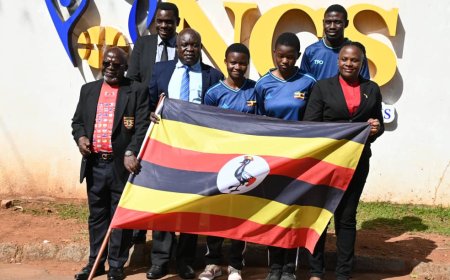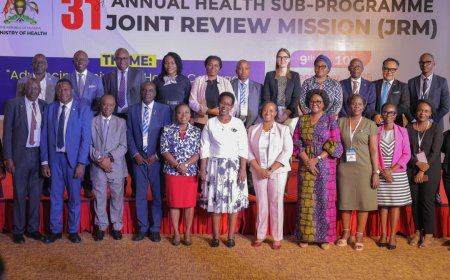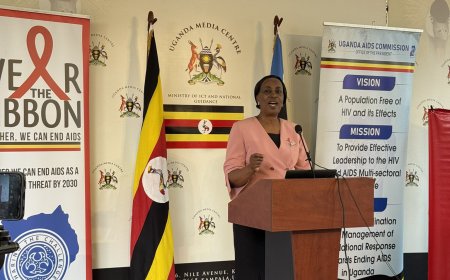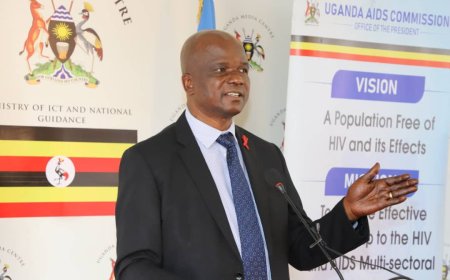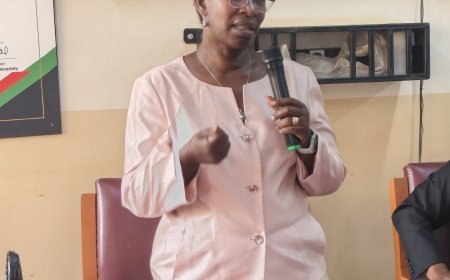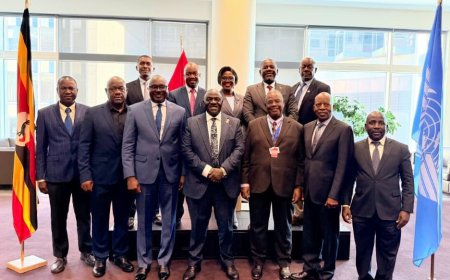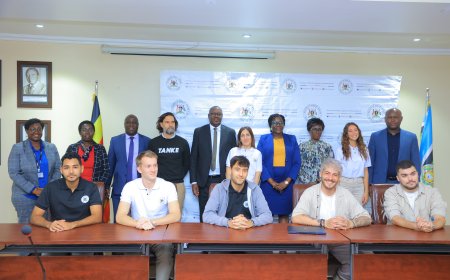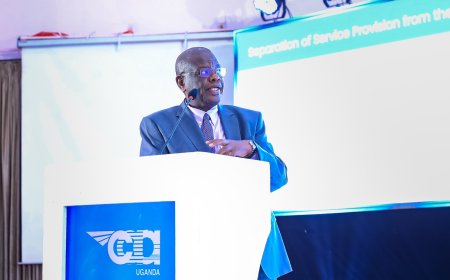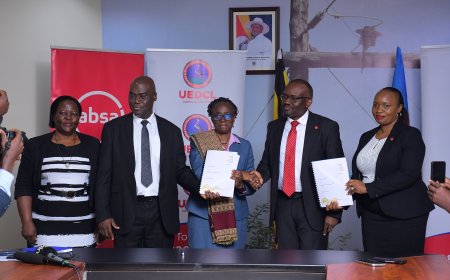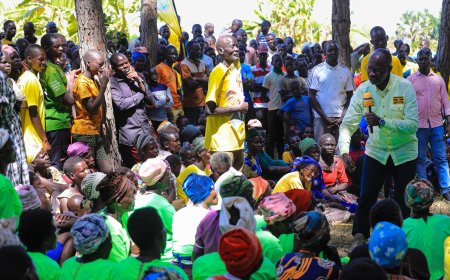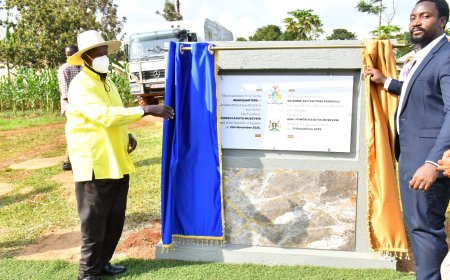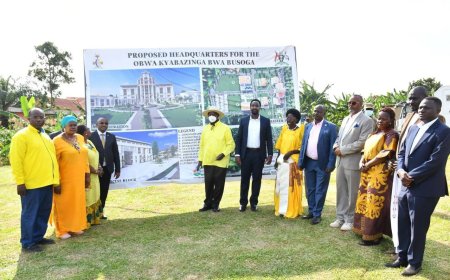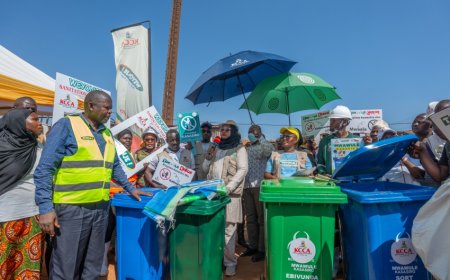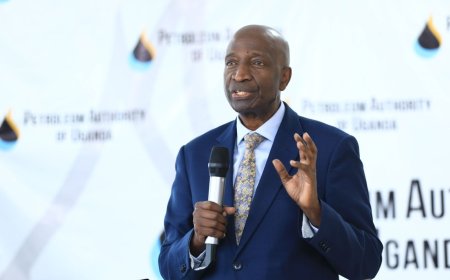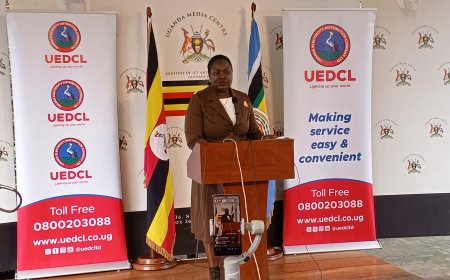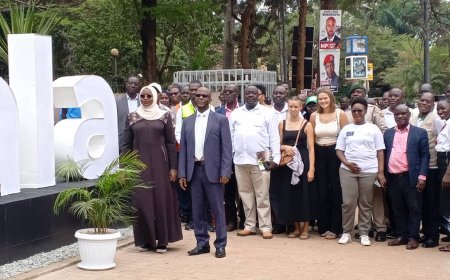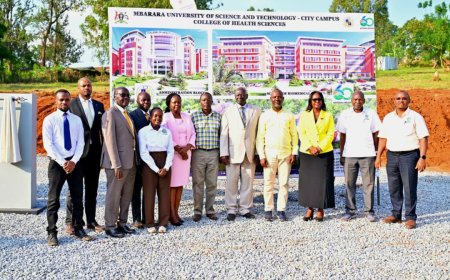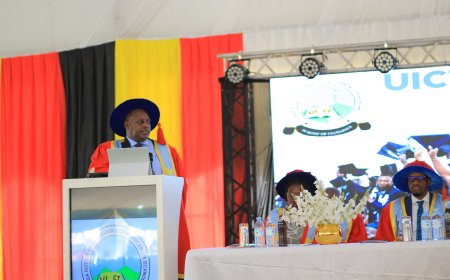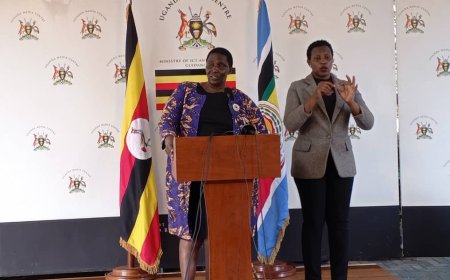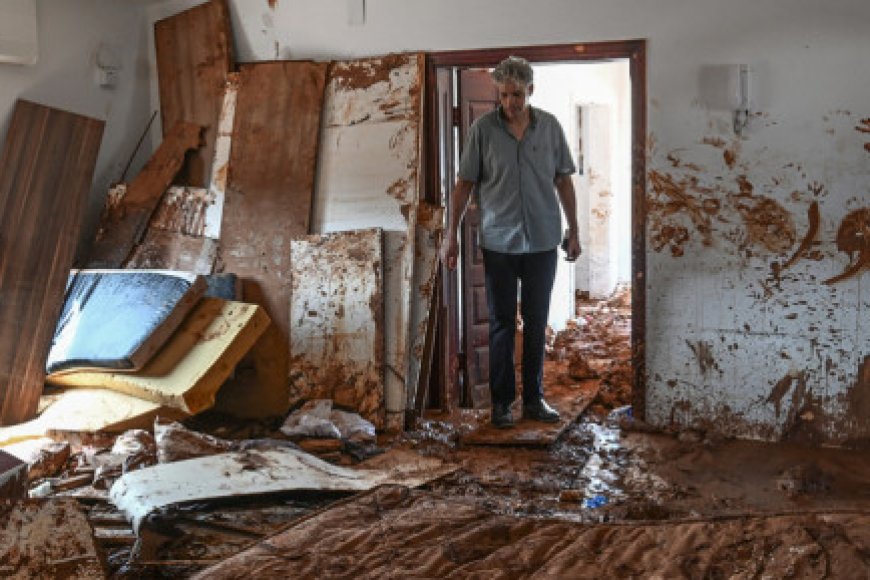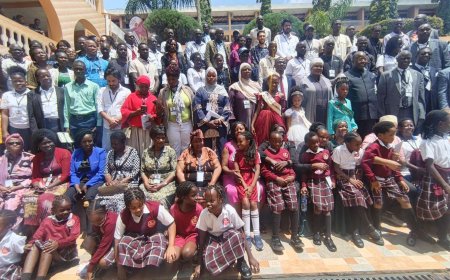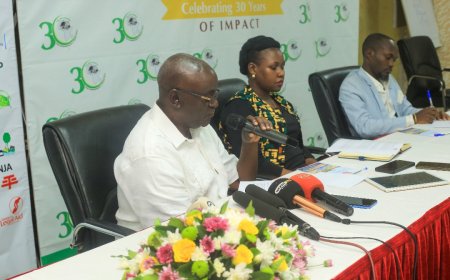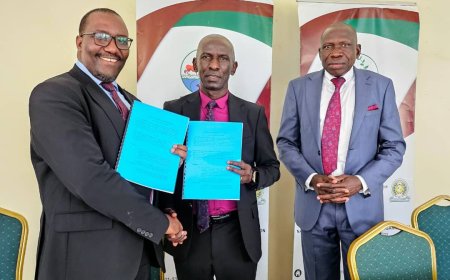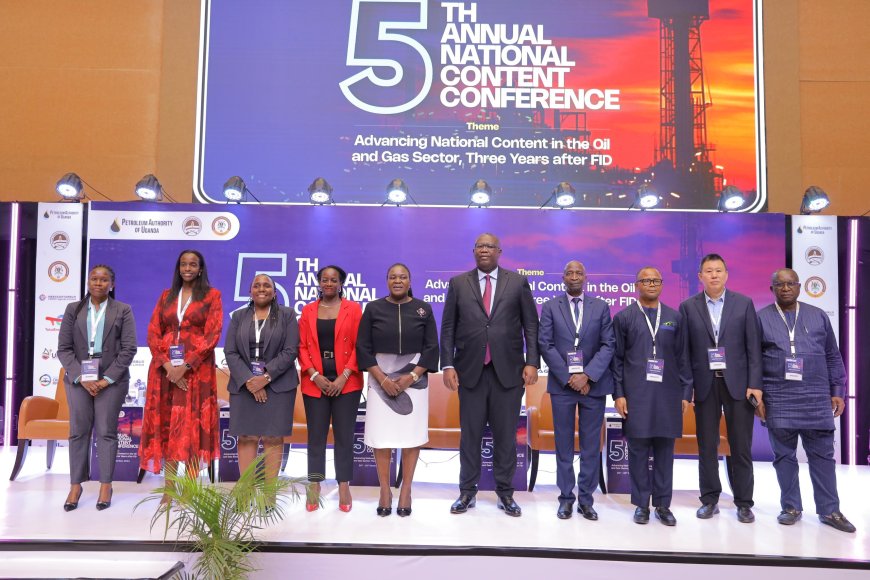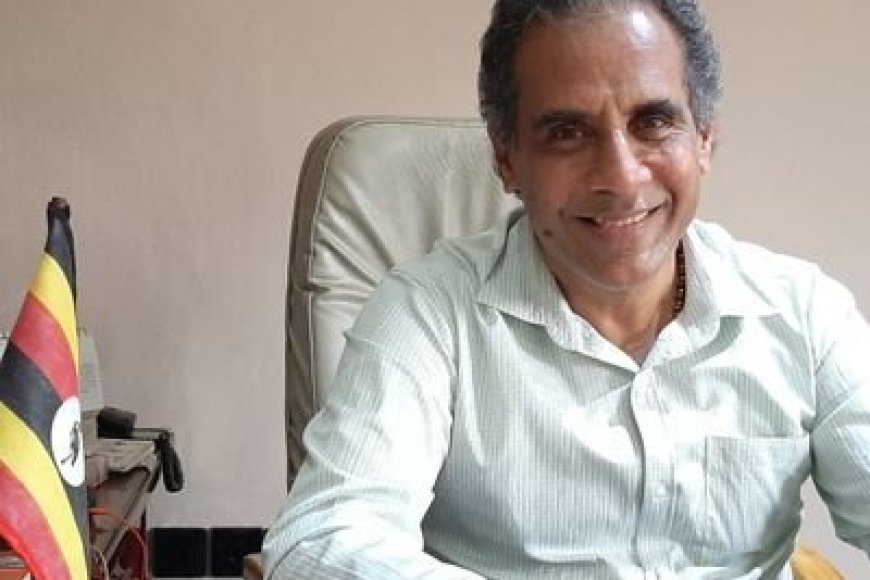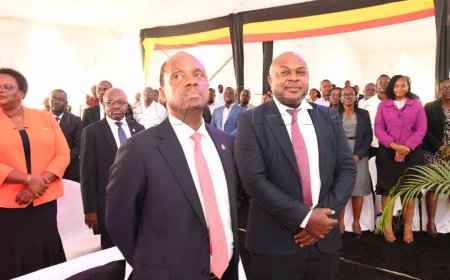OIL PROJECTS CEMENT HOIMA’S STRATEGIC CITY STATUS

By Yusuf Masaba
The Second National Development Plan (NDPII), Uganda’s policy blueprint under Vision 2040 aimed at transforming the country into a middle-income economy, initially proposed the creation of four regional cities Gulu, Mbale, Mbarara, and Arua.
In addition, five strategic cities were identified: Hoima (oil), Nakasongola (industrial), Fort Portal (tourism), Moroto (mining), and Jinja (industrial).
Today, Hoima’s transformation speaks for itself. It is no longer the overlooked town it was a decade ago when NDPII was launched. Despite a few challenges, significant progress has been made, and Hoima is fast becoming a regional industrial hub.
From above, the skyline of Hoima granted city status in July 2021 is rapidly urbanising. On the ground, development is evident in the smooth tarmacked roads, high-rise buildings with offices for rent, and a thriving hotel industry.
In Hoima East Division’s Kyarwiru Cell, the impressive 20,000 seater Hoima City Stadium stands as a symbol of the city’s potential as a future centre for sports and entertainment, set to benefit from hosting major events like the 2027 AFCON.
In Kabaale Buresuka, the Kabalega Industrial Park home to Uganda’s second international airport is emerging as a key gateway for global trade. While many locals may not grasp the full financial scope of these developments, their lives and communities are being fundamentally transformed.
Leaving Hoima City, the impact of development becomes even more visible along the 111km Hoima Butiaba Wanseko road. Once a rugged, difficult path, it is now a smooth tarmac highway, making travel easier and more efficient.

Along the route, Peterson’s Viewpoint offers stunning panoramic views, while Waki B-1 Uganda’s first deep oil well, drilled in 1938 remains a powerful historical symbol of the region’s natural resource wealth.
On reaching Buliisa town, once considered remote and hard to access, a new reality greets visitors: vibrant streets, thriving businesses, and modern infrastructure.
The well-paved roads now offer easy access to Murchison Falls National Park, Uganda’s largest protected area, which can now be reached from Hoima City in under two hours, thanks to oil and gas-driven infrastructure investment.
Deeper into Buliisa, the Tilenga Project is a hive of activity. Spanning over five square miles, the Tilenga industrial area will soon host a Central Processing Facility, a drilling support base, and a 4,000-person camp.
Nearby, newly built permanent homes stand as a testament to resettled families who have embraced the changes and opportunities brought by development.
The benefits extend beyond infrastructure. Buliisa’s hospitality industry is booming, with new hotels and lodges catering to a wide range of visitors. In the past, the high cost of accommodation kept many locals from visiting Murchison Falls National Park, but the growing diversity of lodging options has made tourism more accessible than ever.
These developments highlight how Uganda’s oil and gas sector is driving growth in multiple sectors, especially tourism.
The decision to construct Hoima City Stadium was strongly influenced by the presence of Kabalega International Airport, itself a product of oil and gas-related development.
The airport is not only intended to facilitate the transport of heavy equipment for the refinery and industrial park but also acts as a strategic gateway for tourists and investors looking to explore new markets in the region.
Recognising these interconnections, the Petroleum Authority of Uganda (PAU) commissioned a study to explore the relationship between the oil and gas sector and tourism.
The findings revealed significant benefits, including the construction of over 700 km of high-quality roads, improved access to attractions such as Kabwoya Game Reserve, and increased investment in hospitality infrastructure.
As oil-related development continues and Kabalega International Airport becomes operational, these synergies are expected to grow, further establishing the Albertine region as both an industrial and tourism powerhouse.
The author is a Corporate Affairs Officer at the Petroleum Authority of Uganda.

